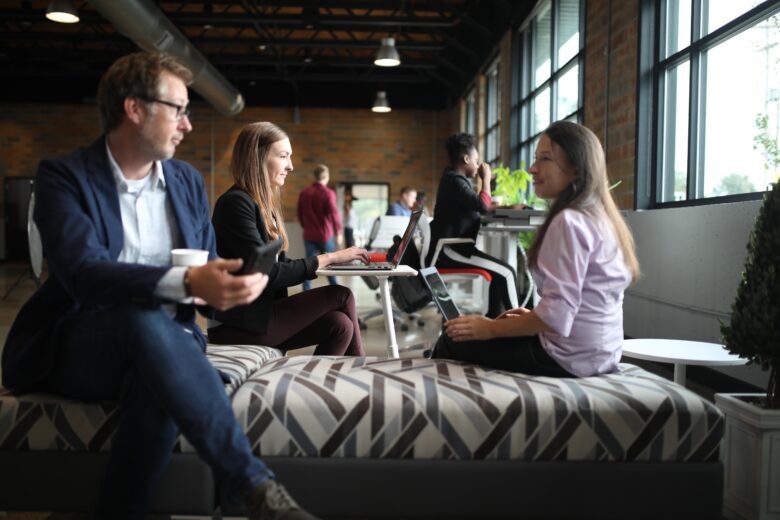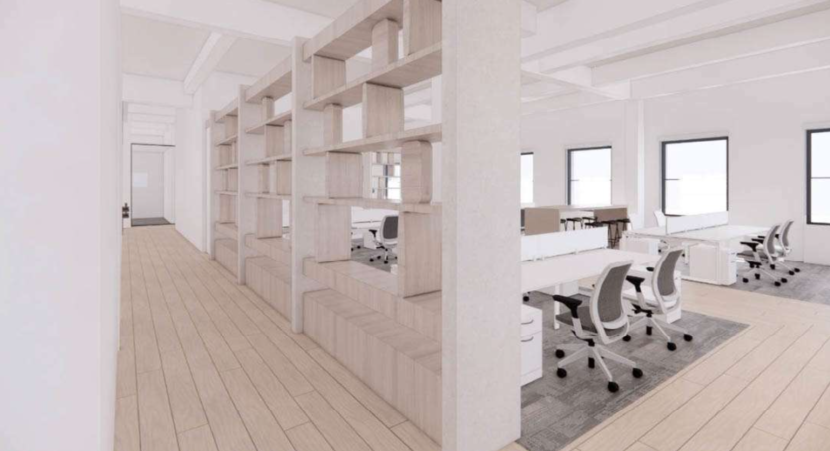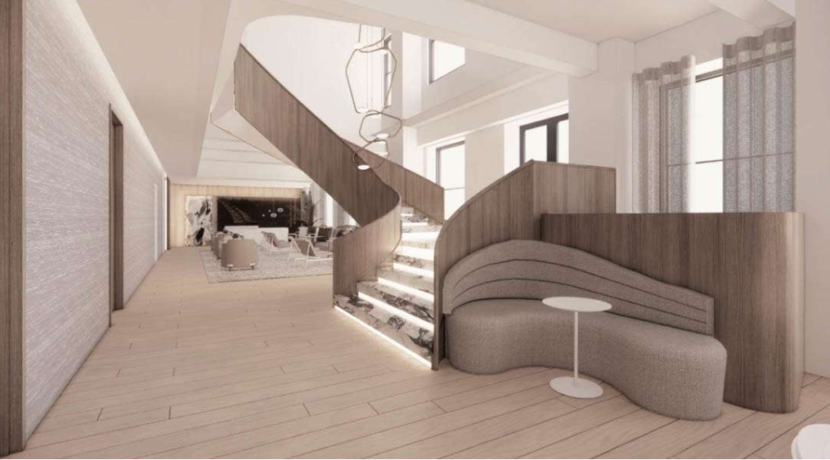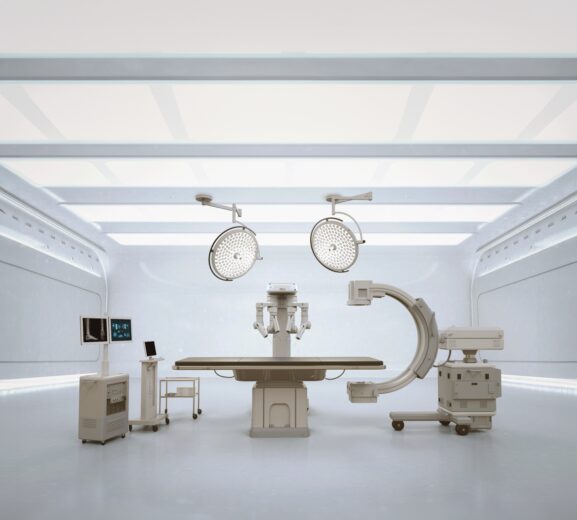The Power of Workspace Design: Elevating Your Brand, Empowering Your Team, and Shaping the Future of Work
December 3, 2024

In today’s fast-paced business landscape, it’s more important than ever to understand the impact of workspace design on your brand, team dynamics, and overall success. As companies strive to create engaging and innovative work environments, the way we perceive office spaces is evolving rapidly. In this article, we’ll delve deeper into the transformative power of workspace design and how it shapes brand perception, employee productivity, and the future of work.
Workspace Design as a Brand Statement
The design of your office space is an extension of your company’s values, culture, and vision. A well-planned workspace communicates your brand identity to employees and clients and fosters a sense of belonging and pride among your team.
Consider Airbnb’s San Francisco headquarters, which replicates real Airbnb listings worldwide in their meeting rooms. This unique design approach immerses employees in the company’s mission of connecting people through travel and hospitality, creating a tangible connection between their work and the brand’s essence.
Key Insight: Align your workspace design with your company’s core values and mission to create a consistent brand experience that resonates with your employees and clients.
The Impact of Office Design on Employee Productivity and Well-being
Numerous studies have demonstrated the correlation between workspace design and employee productivity, creativity, and well-being. Factors such as natural light, ergonomic furniture, and flexible workspaces can significantly influence employee satisfaction and performance.
For example, a study conducted by Dr. Alan Hedge at Cornell University found that access to natural light in the workplace led to a 51% drop in eyestrain, a 63% drop in headaches, and a 56% reduction in drowsiness among employees. Incorporating these elements into your office design can result in a healthier, happier, and more productive workforce.
Key Insight: Prioritize employee well-being and productivity when designing your office space by incorporating elements such as windows to let in natural light, ergonomic furniture to reduce injuries and muscle fatigue, and flexible workstations to enhance accessibility.
Embracing the Future of Work with Flexible Workspaces
The future of work is rapidly evolving, driven by the rise of remote work, the gig economy, and changing employee expectations. To stay ahead of the curve, companies must adapt their workspace strategies to accommodate these shifts in work culture.
A recent study conducted by co-working pioneer WeWork underscores the importance of the office workspace to company culture, productivity, and profitability. The majority of respondents indicated an intention to increase their office footprint in the next two years, with a significant portion prioritizing co-working and flexible workspaces.
Co-working and flexible spaces, like WeWork, offer communal lounges, shared workstations, and networking events that foster interaction, innovation, and synergy among entrepreneurs and freelancers. By creating adaptive and collaborative workspaces, companies can attract top talent and ensure their teams remain agile in an ever-changing business environment.
Key Insight: Stay ahead of the game by embracing the future of work with adaptive workspace design, focusing on flexibility, collaboration, and innovation.
The Road Ahead: The Workspace Revolution
As we move forward, the role of workspace design in shaping brand identity, employee performance, and the future of work will continue to grow in importance. The most successful companies will be those that recognize this and invest in creating environments that foster creativity, collaboration, and innovation.
Some emerging trends in office design include biophilic design, which incorporates natural elements like living walls and green spaces to improve air quality and employee well-being; and activity-based workspaces, which offer a variety of workstations tailored to different tasks and preferences, from quiet focus areas to collaborative hubs.
Key Insight: Keep an eye on emerging trends in office design and be prepared to adapt your workspace strategy to stay competitive and future-proof your business.
Final Thoughts
The power of workspace design cannot be underestimated. By creating an office environment that truly embodies your brand’s unique essence and values, you can elevate your brand perception, empower your team, and stay ahead in the ever-evolving world of work.
So, go ahead and dream big, disrupt the norm, and transform your workspace into an awe-inspiring hub that drives innovation, collaboration, and success. Remember, your office space speaks volumes about your brand; the only limit is your imagination!
If you are ready to rethink your office design strategy to create a workspace that truly reflects your brand’s personality and vision, contact us today. We’ll help you access the funds you need to create spaces that not only boost productivity but also foster a positive and engaging workplace culture in the year ahead.




